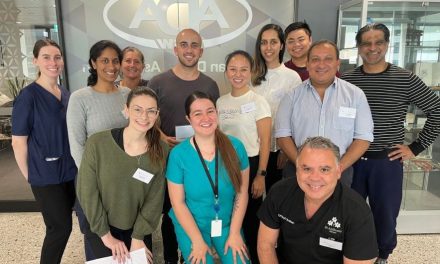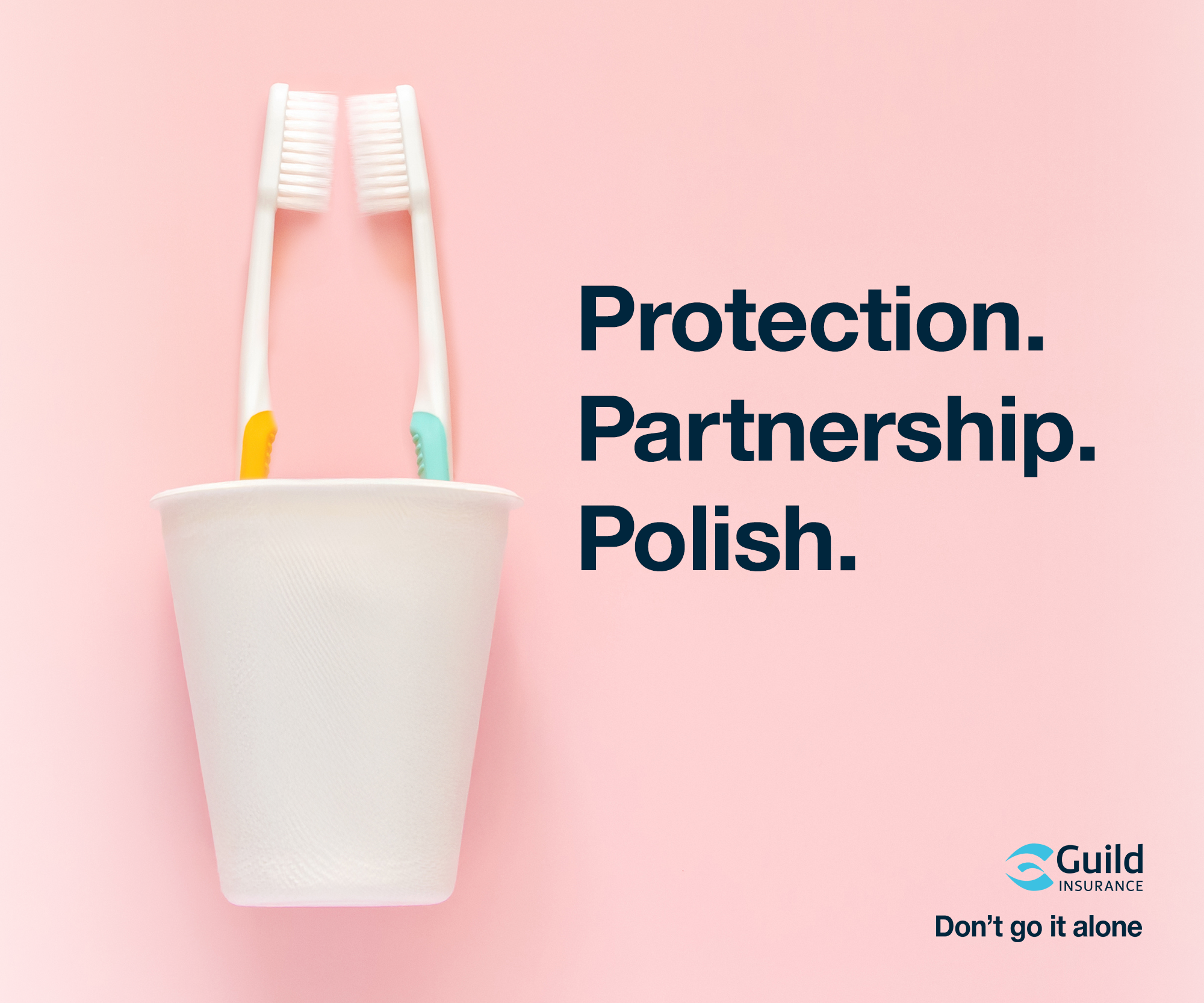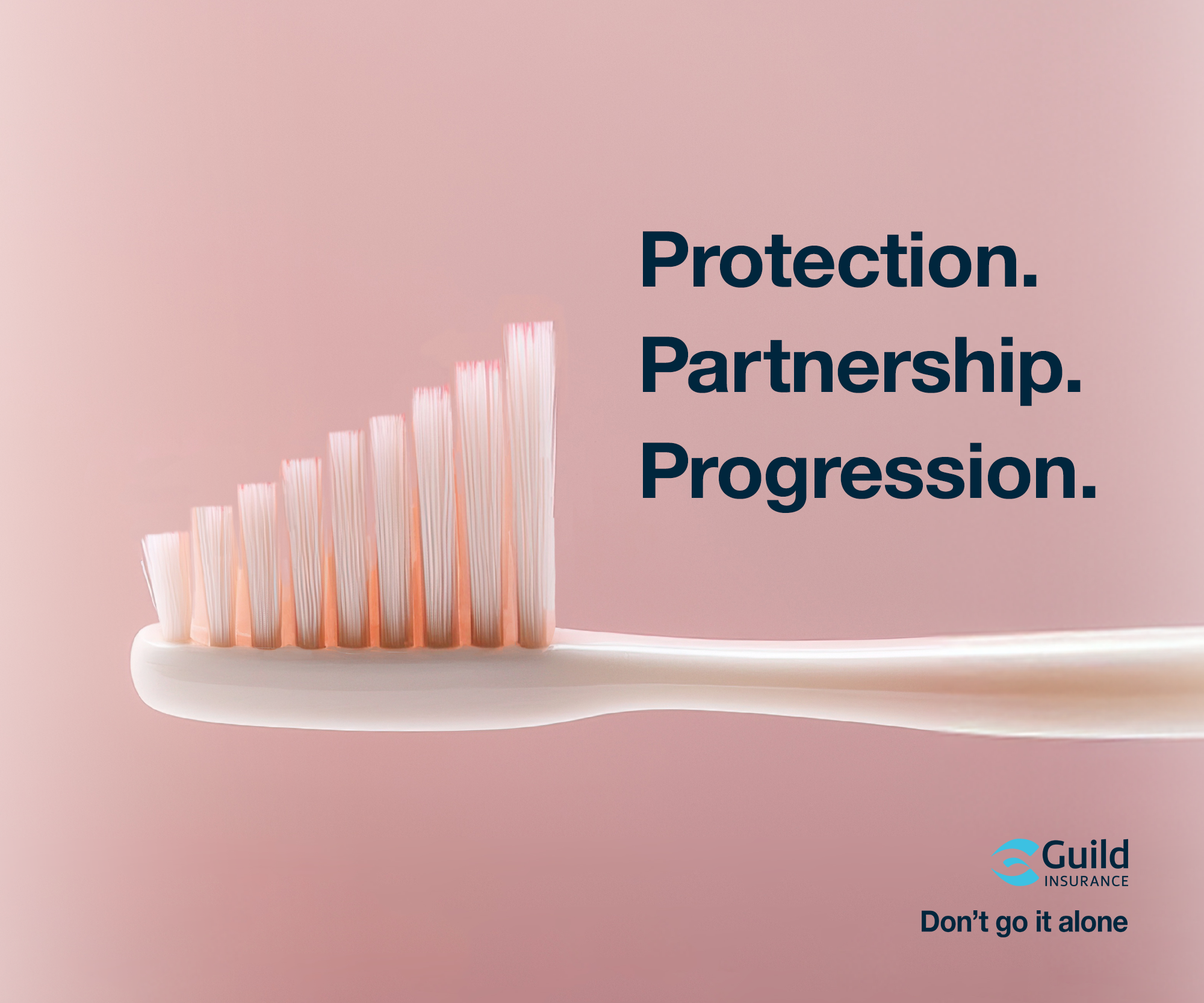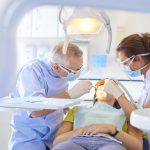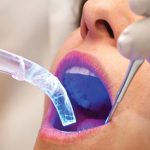Patient Self-Diagnosis in Dentistry: How Clinicians Adapt to the Trend
As a dental professional, you will have noticed the growing number of patients that you treat who have conducted research or even self-diagnosis before having come to your surgery. By adapting your practices and patient interactions to the consequences of this reality, you can ensure you are doing what you can to mitigate the very real dangers of misinformation and disinformation to your patients’ health.
The Increasing Prevalence of Patient Self-Diagnosis in Dentistry
The abundance of health information available online can be, depending on the source, contradictory, unhelpful or downright dangerous. It may seem obvious that patients must not self-diagnose from internet information, but the evidence shows that increasingly this is what is happening (1). Making matters worse, online health information can also act as a two-way negative reinforcement loop for negative and/or incorrect perceptions about health and healthcare provision because the internet can be a repository that tells you what you want to hear with the goal of collecting viewers and thereby monetising content. For example, if a patient has fears about his/her health or prioritises saving money, this can be exacerbated by information found online, causing individuals to increase their fears and increase avoidance behaviour, eventually resulting in worse outcomes for the dental issue.
Some of the factors driving patients to search for dental health information online include the cost of dental care, which can be a significant barrier for some patients. Another is fear of dental treatment, where some patients may avoid seeking professional advice out of fear or anxiety about dental treatment. Self-diagnosis may be seen as a way to avoid the dentist altogether. Another reason is the lack of trust in the healthcare system, including dental professionals. Lastly, time constraints, where patients may feel that they do not have the time to visit the dentist for a proper diagnosis can drive people online instead. Self-diagnosis may be seen as a way to save time and get a quick solution to a dental problem. However all these motivations can ultimately result in more extensive treatment in the future in the case of disinformation or misinformation.
Impact of COVID-19 on dental patient online
The COVID-19 lockdowns had a significant impact on patient self-diagnosis and self-research in dentistry. According to a 2021 study published in the Journal of Dental Sciences, the COVID-19 pandemic led to an increase in patients seeking dental information online and attempting self-treatment (2). The study found that patients who were unable to access dental services during the lockdowns turned to online resources for information on dental conditions and treatments. Unsurprisingly, the study also found that patients who attempted self-treatment were more likely to experience negative outcomes, including pain and infection.
A 2018 study published in the Australian Dental Journal found that 49.1% of Australian adults had self-diagnosed a dental problem using the internet. The study also found that those who self-diagnosed were more likely to have a negative perception of dental professionals and less likely to seek professional treatment (3). Yet another study in the Journal of Dentistry in 2021 found that 42.9% of Australian adults had self-diagnosed a dental problem using the internet in the past year. The study also found that those who self-diagnosed were more likely to delay seeking professional treatment and more likely to use home remedies (4)
Countering Disinformation & Misinformation: Actions for Dentists
Dental professionals can counter disinformation and misinformation by providing patients with accurate and up-to-date information through patient education materials and effective communication strategies. This includes providing clear and concise explanations of dental conditions, symptoms and treatments in the form of brochures, videos and on their websites. According to a 2015 study published in the Journal of Dental Education, patients who received patient education materials had greater knowledge of oral health and were more likely to follow preventive measures (Al-Omiri et al., 2015). Also, according to a study published in the Journal of Dental Research, patients who received patient-centred communication had better oral health outcomes (Moss et al., 2016).
Similarly, making time during consultations to ask patients about their preconceptions and addressing any misconceptions or myths that patients may have can provide valuable information for the dental professional and help the patient feel heard and involved in their care. Dental professionals can also incorporate patient-centred care by tailoring communication and treatment plans to meet the patient’s individual needs and preferences.
Dental practices can develop a strong online presence and reputation by sharing useful dental health information via effective marketing strategies such as search engine optimisation (SEO) and regularly updating their websites with health advice, hints and tips, thereby doing their part to counter the misinformation available online.
Social media can play a special role in adapting to the trend of patient self-diagnosis. Dental practices can use social media platforms to provide educational content, engage with patients and thereby promote their services. According to the Journal of Dental Education, social media can be an effective tool for patient engagement and education when used to monitor and respond to patient views and feedback, correcting misconceptions and false information (Duff et al., 2020).
Leverage patient research to improve results of participatory medicine
Participatory medicine is an approach to healthcare that emphasises collaboration and partnership between patients and healthcare providers. In dentistry, this means involving patients in their own care and decision-making, and recognising that patients have unique knowledge about their own oral health and can contribute valuable information to their dental team (5).
As part of this approach, dentists can embrace patient online research and help patients become more informed about their oral health, which can lead to better patient outcomes.
One way to achieve this is by encouraging patients to bring in information they find to their appointments. This will allow dentists to review the information with the patient, provide additional context or clarification and offer guidance on interpreting information to help patients understand the information they find. This includes guidance on how to evaluate sources, distinguish fact from opinion, and understand any technical terms or jargon that may be used. By doing so, dentists can help patients make more informed decisions about their oral health as well as work with the patient to develop a treatment plan that best meets their needs.
Another way dentists can leverage patient online research is by providing patients with reliable online resources, such as reputable dental association websites, patient education materials or recommending patient-friendly apps that track oral health. This can encourage patients to become more engaged in their own care and help dentists stay up-to-date on the latest developments in dental technology and patient education.
Conclusion
In conclusion, the trend of patient self-diagnosis in dentistry is becoming increasingly prevalent and it is important for dental professionals to adapt to this reality to ensure patient safety and accuracy of information. To counter disinformation and misinformation, dental professionals should provide patients with accurate and up-to-date information. It can also be a way to improve the outcomes of participatory healthcare by utilising patients’ online research as a possible input to tailoring communication and treatment plans to meet the patient’s individual needs and preferences.
Sources
- https://www.pewresearch.org/
- Lin Y, Hu P, Huang W, et al. Impact of COVID-19 pandemic on dental information-seeking behavior and self-treatment among the general public: a Google Trends™ analysis. J Dent Sci. 2021;16(2):699-704.
- Divaris K, Lee JY, Baker AD, et al. “The relationship of dental anxiety with oral health-related quality of life and perceived need for dental treatment in a community sample.” Aust Dent J. 2018;63(2):172-181).
- Rahman B, Slack-Smith L, Khanal S, et al. “Factors associated with self-reported oral health-related quality of life among adults in Western Australia.” J Dent. 2021;106:103559).
- Loignon C, Dupéré S, Fortin M, Ramsden VR, Truchon K. Health literacy – engaging the community in the co-creation of meaningful health navigation services: a study protocol. BMC Health Serv Res. 2018 Jun 28;18(1):505. doi: 10.1186/s12913-018-3315-3. PMID: 29954407; PMCID: PMC6022349.
https://www.nature.com/articles/sj.bdj.2017.335.pdf
Author
Michelle Mason
m.r.mason04@gmail.com


